I am pretty sure that the mantis ExFmem has posted as
Hoplocoryphella grandis is the same species as the little one here seen by nan.
I don't know on what criteria this identification has been done but assume it was due to the figure from Kaltenbach.
Upon closer inspection of the related species, it turns out that the lateral tubercles are present in all members of the family.
Thus we have to go - once more - with distribution.
Hoplocoryphella grandis records:
Zebediela (is a group of villages in Capricorn District Municipality of Limpopo Province)
Lydenburg (Mpumalanga)
Chobe, Botswana
--> not anywhere near KTP
Hoplocorypha macra records:
Eastern Cape: Port Elizabeth, East London
Free State: Smithfield Orangia
KZN: Mfongosi, Colenso
North West: Vryburg
Western Cape: Matroosberg Ceres Division; Eerste River (suburb of Cape Town), Cold Bokkeveld Ceres district
Northern Cape: Okiep (close to Springbok Namaqualand)
Mpumalanga: Skukuza
Limpopo: Grootdraai (Capricorn District), Groot Letaba, Polokwane, Moorddrift
Gauteng: Pretoria, Irene
Namibia: Nuragas, Otjikoto, Otjiwarongo, Ongandjera, Kamanyab, Okahandja
Hoplocorypha nana records:
Limpopo: Musina, Thabina, Haenertsburg, Soutpansberg
Kruger National Park
Mpumalanga: Nelspruit
Northern Cape: Twee Rivieren (several records!)
Hoplocorypha saussurii records
Mpumalanga: Waterval Boven
Rooipoort (??? perhaps Northern Cape Kimberly area)
North West: Rietfontein Kloof
Gauteng: Susterstroom
Limpopo: Kransberg (Waterberg)
Namibia: Kungveld
Size differences according to Kaltenbach:
Hoplocorypha male body length: 26-40 mm (female 38-70 mm)
Hoplocoryphella male body length: 55-60 mm (female 75-92 mm)



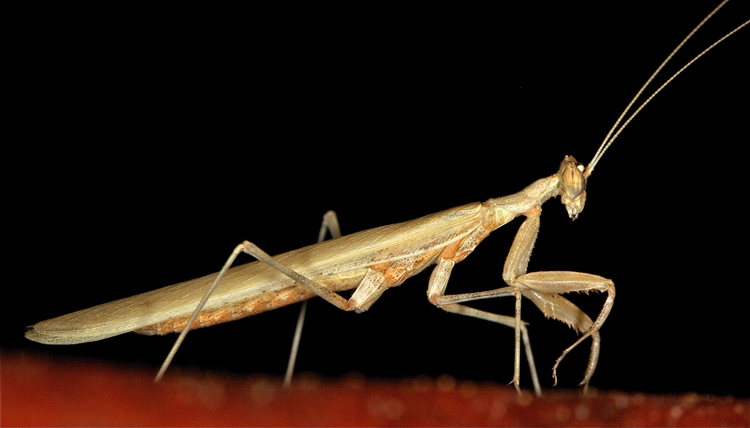

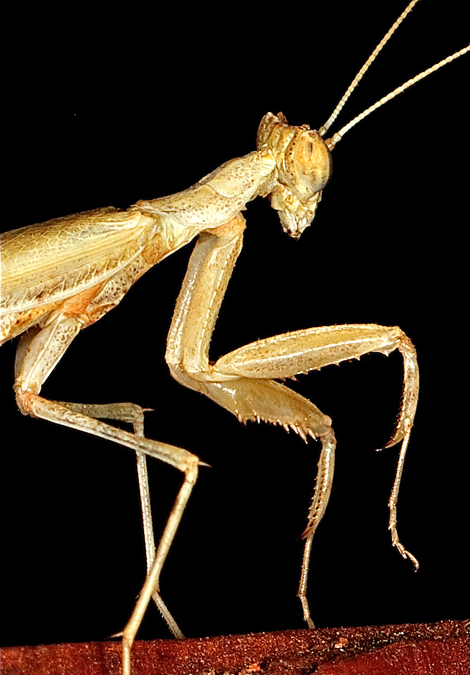

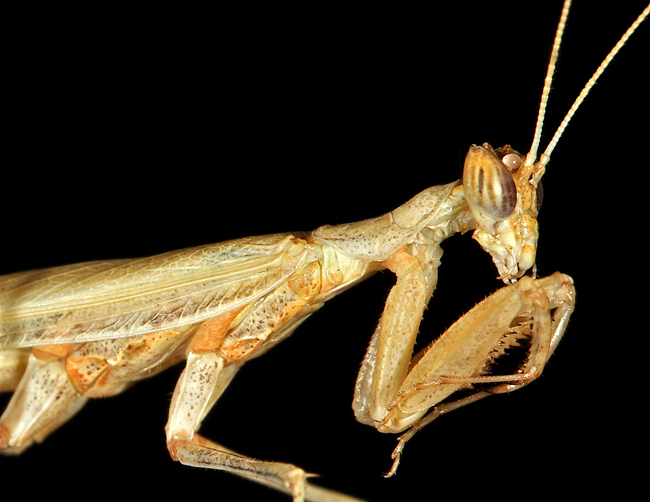

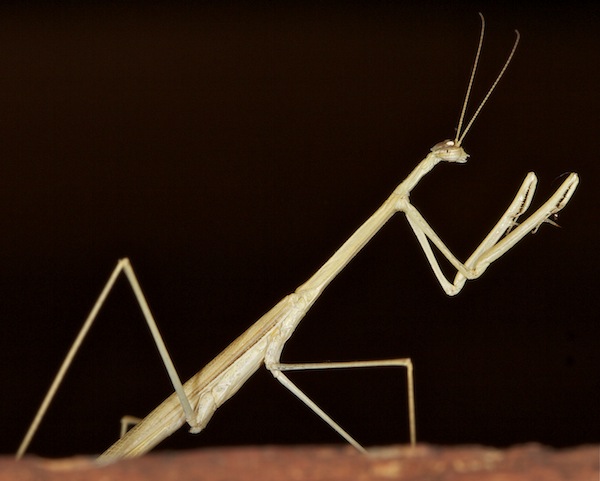
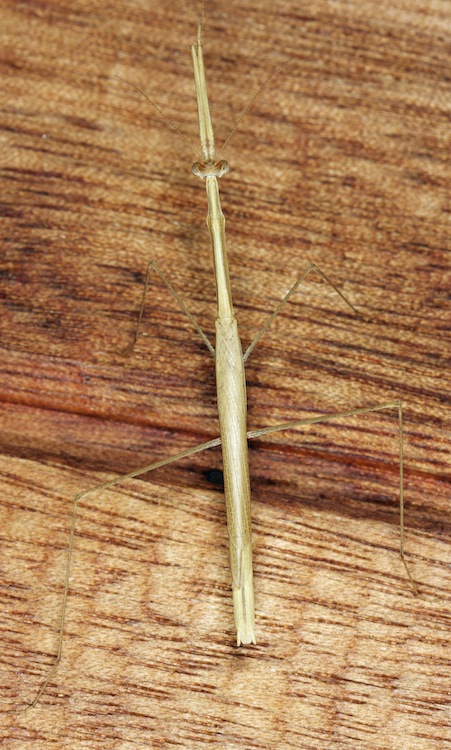


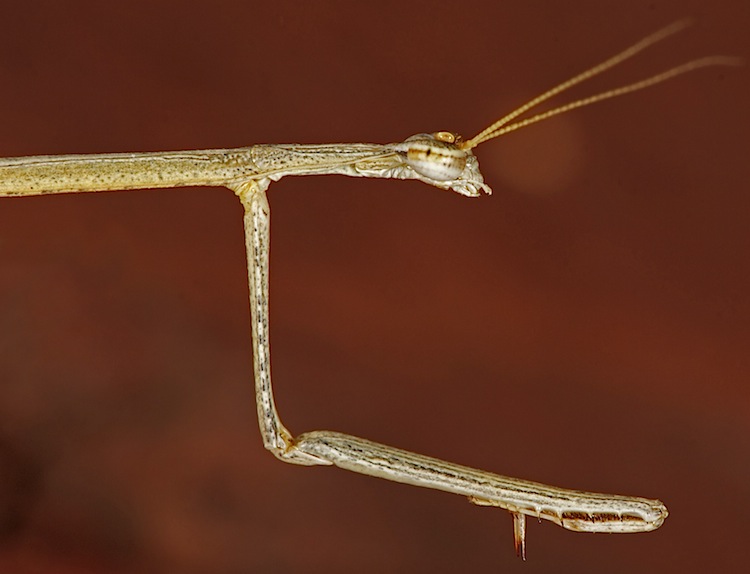

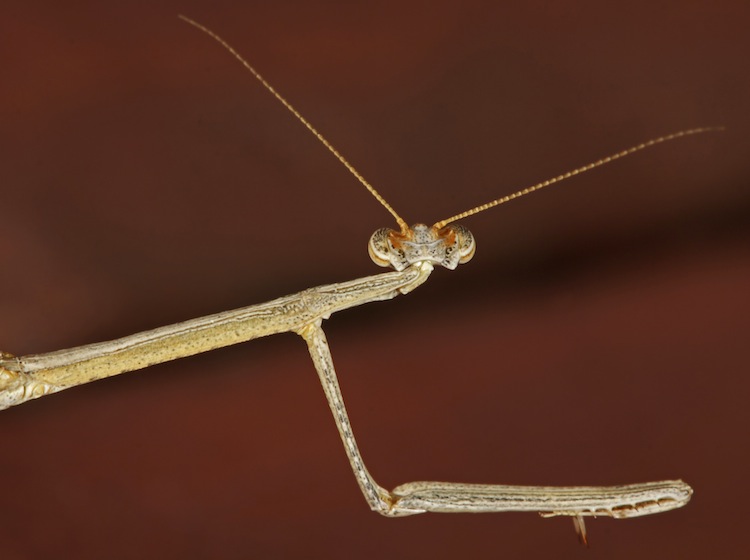
 © BluTuna
© BluTuna